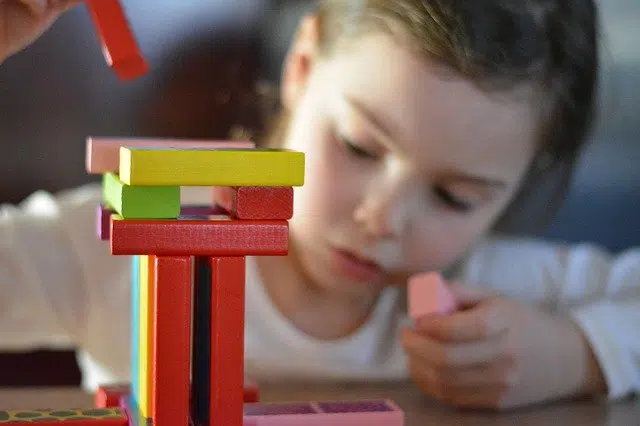
Psychomotor skills involve the combination of the psyche with motor skills.
The dictionary of the Royal Spanish Academy (RAE) recognizes three meanings of the term psychomotricity . The first of them mentions the faculty of movement that is born in the psyche. The second refers to integrating psychic and motor functions , while the third is oriented towards techniques that allow these functions to be coordinated .
The concept of psychomotor skills, therefore, is associated with various sensorimotor, emotional and cognitive faculties of the person that allow them to function successfully within a context. Education , prevention and therapy are tools that can be used to shape an individual's psychomotor skills and contribute to the evolution of their personality .
Origin of the term psychomotor skills
The term in question must be emphasized that it was used for the first time at the beginning of the 20th century and more specifically the person who coined and used it was the neurologist Ernest Dupré who used it to refer to how various anomalies or problems at a psychic and mental level bring with them consequences on a person's motor system.
An idea that other scientists and medical scholars, such as the Frenchman Henri Wallon , started from. What this did was highlight the importance that movement has in the child since it is what will ensure that he develops perfectly on a psychological level.
It can be said that psychomotor skills are interested in the development of expression, creativity and mobility capacities through the use of the body. Its techniques attempt to exert a positive influence on the action that occurs intentionally, with the aim of promoting or modifying it according to the body's activity.

The game helps develop psychomotor skills.
Combination of skills
It is, in short, a conception of integral characteristics of the individual that combines motor skills with the psyche so that the human being can successfully adapt to the environment.
It is possible to distinguish between various areas of action of psychomotor skills, which lead to currents or disciplines such as clinical psychomotor skills (focused on people with problems in their evolution, proposing treatments through the use of the body) and educational psychomotricity (which is developed in school stage and is aimed at healthy people to promote their development through play and physical activity).
Psychomotor disorders
In addition to all of the above, it must be made clear that there are various psychomotor disorders that can basically be seen in children. Among the most important are the following:
Motor weakness . This disorder affects the child both in his mental and motor areas as well as in his emotional and sensory areas. Among the most frequent symptoms are clumsiness of movement, stuttering and not being able to relax the muscles voluntarily.
Motor instability . Problematic, poorly adjusted children, with academic failure and attention problems are the ones who most frequently suffer from this disorder, which prevents them from controlling their movements and emotions.
Maturation delays . Dependency, passivity or a childlike attitude are some of the hallmarks of those who suffer from them.
Tonic-motor disharmonies . These include paratonia (the child is not able to relax) or synkinesis (the child makes movements involuntarily).
